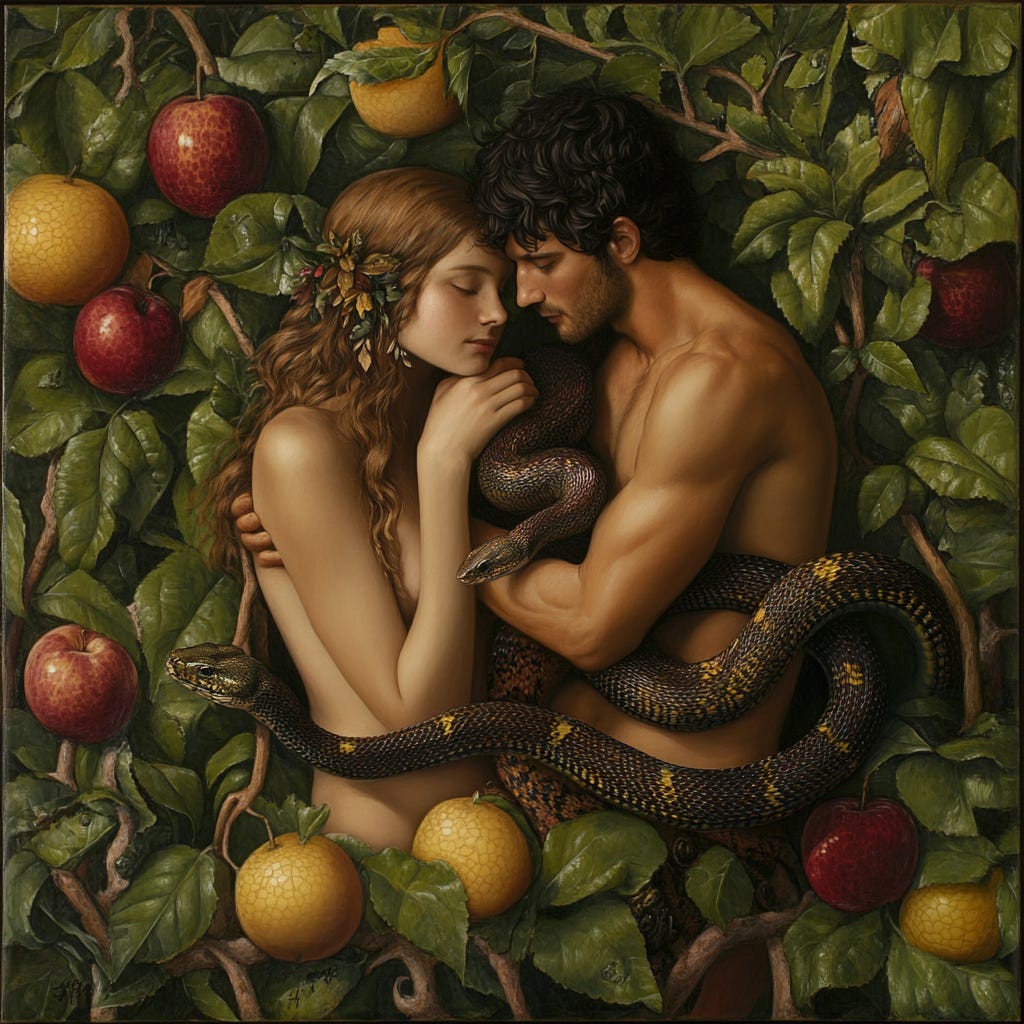I was recently asked by a former LDS (post-mormon) now orthodox catechumen progressing towards baptism, to help them understand the Orthodox version of the Garden of Eden story. Thus the genesis (pun intended) of this article.
Act 1 - The Setting
The story of the Fall in the Garden is really Act 2 of a larger narrative. To understand it in context, we need to set the stage (or at least build a framework for) the cosmology to understand this.
Keep reading with a 7-day free trial
Subscribe to Latter-Day Saint to Orthodox to keep reading this post and get 7 days of free access to the full post archives.



